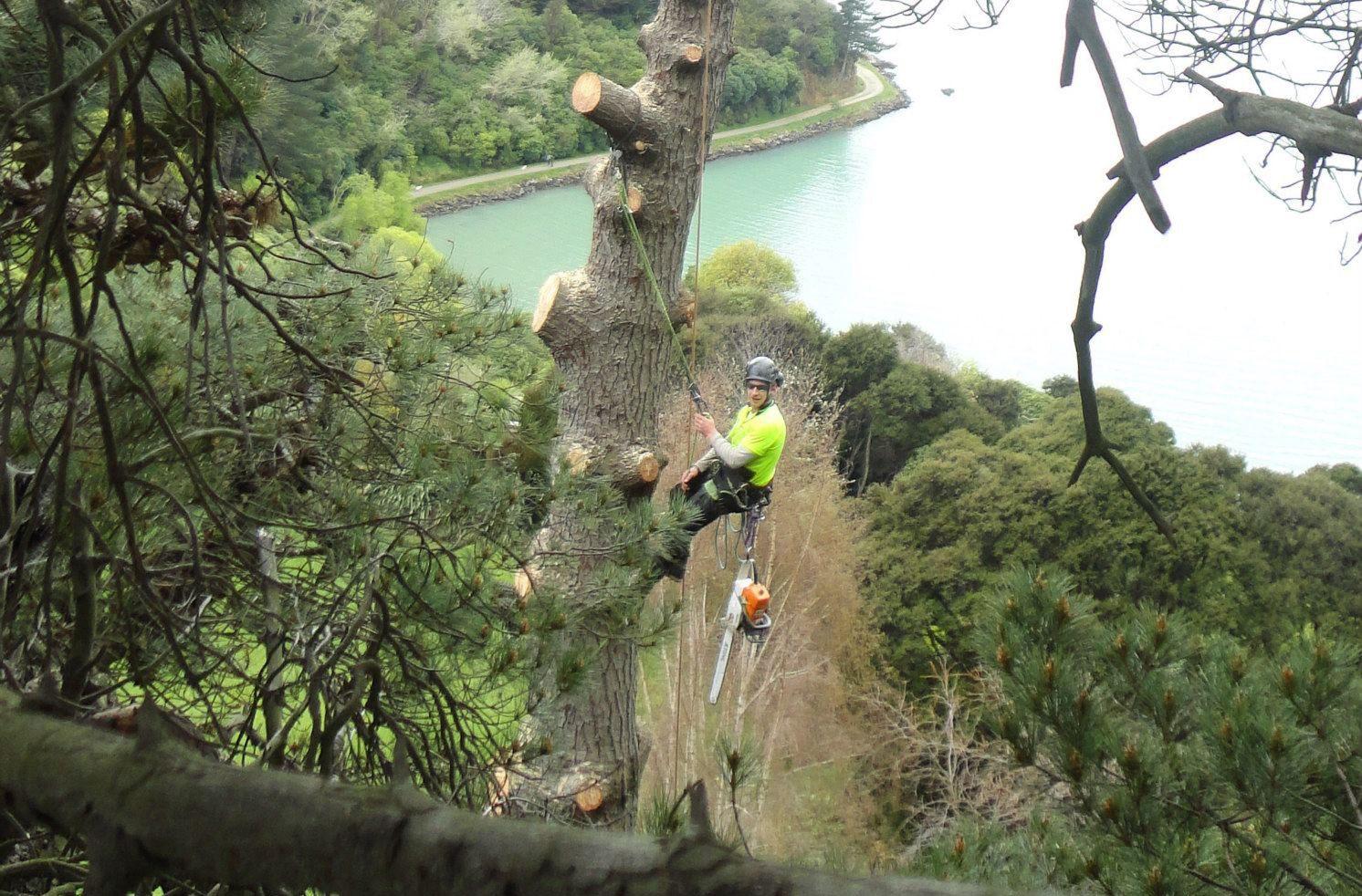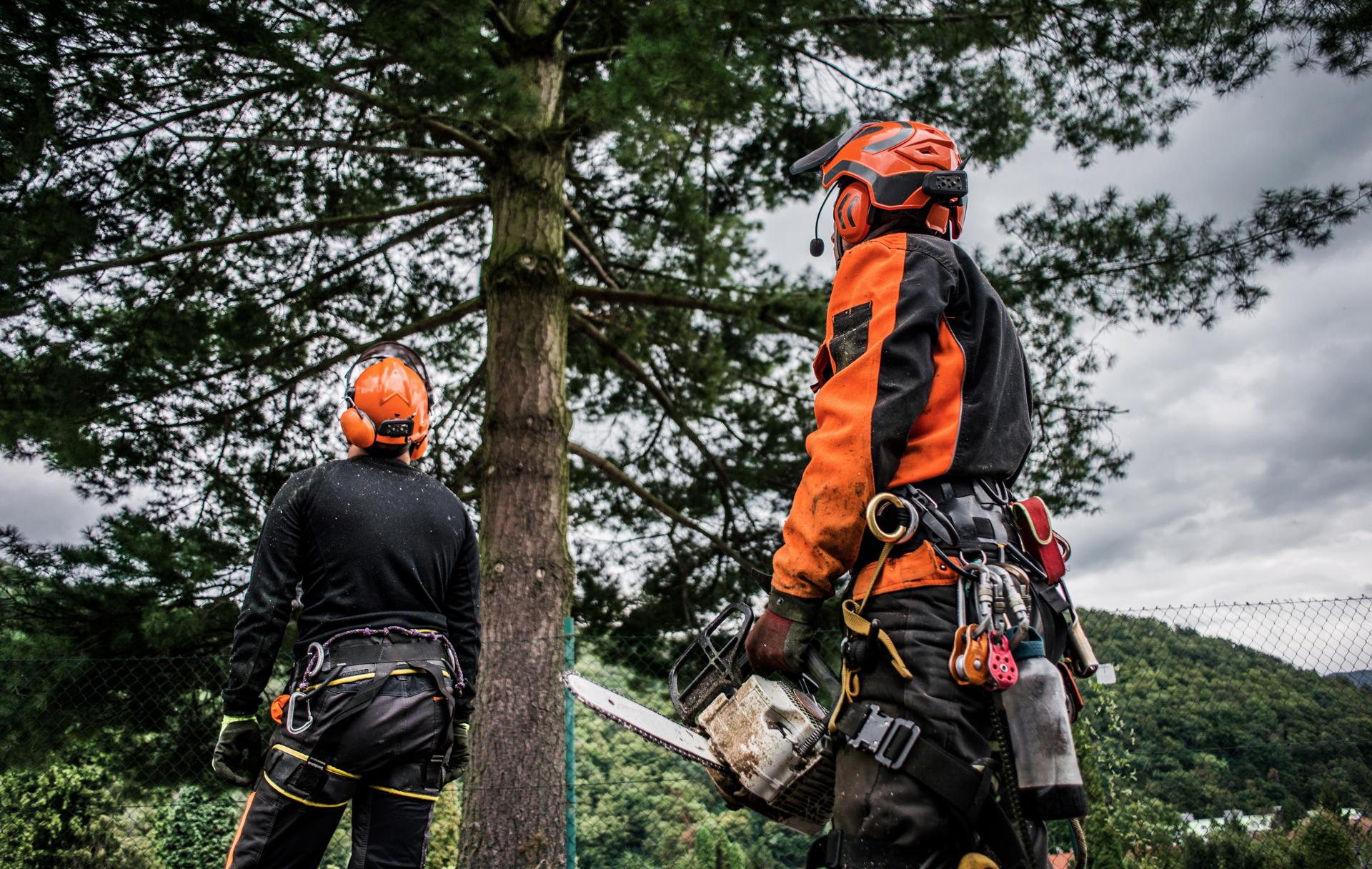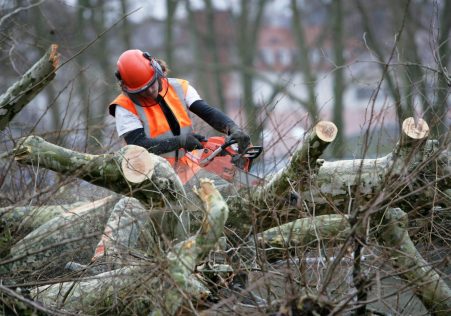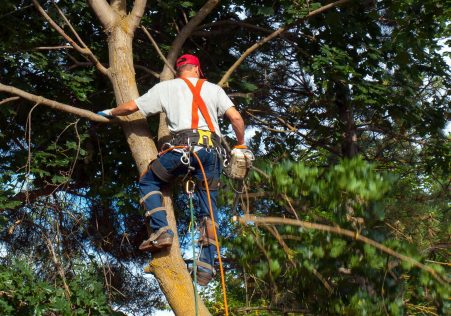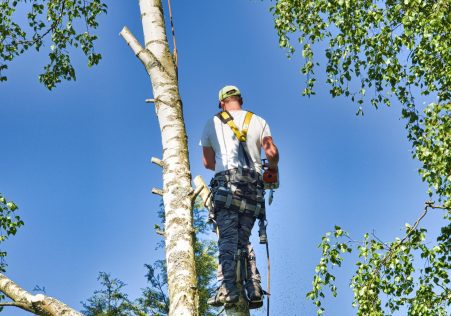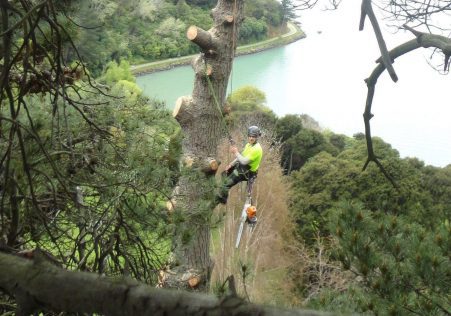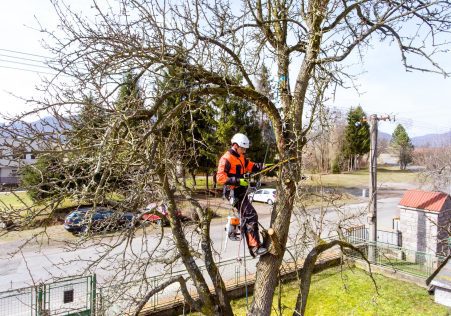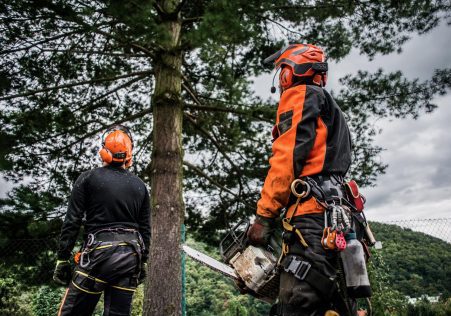How Long Will Cut Tree Roots Last?
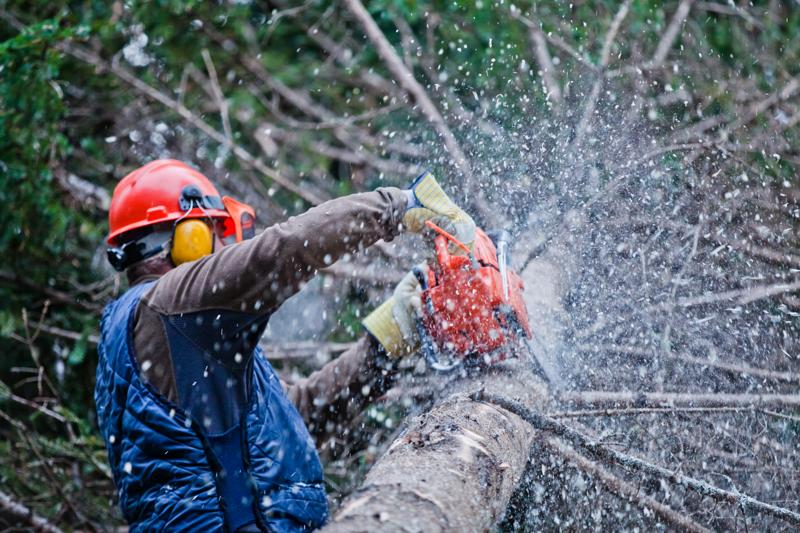
Tree removal is a necessary job for many property owners, however, it’s not as easy as cutting the tree’s trunk and leaving the roots to decompose. Understanding the lifespan of tree roots is vital to ensure it is completed correctly and safely. This article we’ll examine the duration that roots last after a tree is removed and address some of the most frequently-asked questions about this topic.
How long will tree roots last after cutting them down?
The time span for the roots of a tree after it has been cut down can differ greatly based on the species of tree, the length of the roots, and the conditions in which they are located. In general, it’s reasonable to believe that the roots of trees will continue to live for many years after the tree is removed. This is due to the fact that the roots remain capable of absorbing moisture and nutrients from soil and absorbing nutrients from the soil, even after the tree is removed.
Factors that Affect the Longevity of Tree Roots
There are many aspects that impact the length of time that tree roots last after a tree is cut down. These include the species of trees: Some species of trees possess roots which are much more robust and more durable than others. For example, oak tree roots have been known to live for many decades after the tree was cut down. Size of the roots The more extensive the tree’s root system, the longer they will likely last after the tree has been taken down. This is because larger roots have a greater capacity to absorb nutrients and moisture out of the soil. Environment conditions: The soil type, temperature, as well as levels of moisture in the region that trees were removed can all impact the longevity of the roots. When the soil becomes dry, compacted and degraded the roots will decompose more rapidly. When the soil remains well-drained and moist, they will live longer.
What Happens to Tree Roots Following the cutting?
If the tree is removed the roots slowly begin to decompose. This process can take several years, depending on the factors mentioned above. During this time, the roots will slowly discharge nutrients to the soil, which could be beneficial for other plants that are in the vicinity. Once the roots have fully decayed, they’ll no longer pose a threat to structures or landscapes around them.
FAQs:
Can tree roots regrow after being cut down?
The roots of trees cannot regenerate after a tree has been removed. After the roots have been removed, they slowly begin to decompose and will cease to be capable of growing again.
Are tree roots able to continue to grow after cutting them down?
Tree roots aren’t going to continue to grow after a tree is removed. However, they will be around for several years because they’re still capable absorption of nutrients and moisture out of the earth.
Are tree roots likely to continue to spread after the cutting?
It is not true that tree roots will not continue to spread after a tree has been cut down. Once the tree has been removed, the tree’s roots slowly begin to decay and will not pose a risk to the landscape or surrounding structures.
Conclusion:
In the end, the life span of the tree’s roots after a tree has been cut down can vary greatly dependent on a variety of factors. Knowing the duration the tree’s roots can last is crucial for ensuring that the removal process is carried out in a safe and secure manner. If you own an existing tree that requires being removed it’s always recommended to hire a professional Professional Tree Removal Brisbane arborist to carry out the job. Our highly-trained and experienced arborists are equipped with the right tools and know-how to safely and effectively remove trees, and to address any concerns about the longevity and longevity of roots. Call us today by phone at 1300 479 169 to schedule a consult and to learn the details about our services for tree removal in Brisbane. Don’t put your home at risk or putting yourself in danger trying to remove a tree your own. Let the experts from Professional Tree Removal Brisbane handle all of the tree removal requirements.

